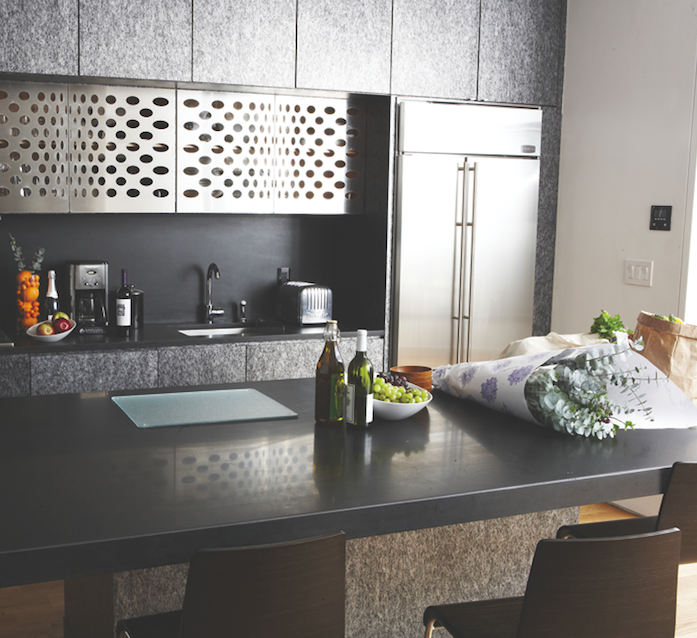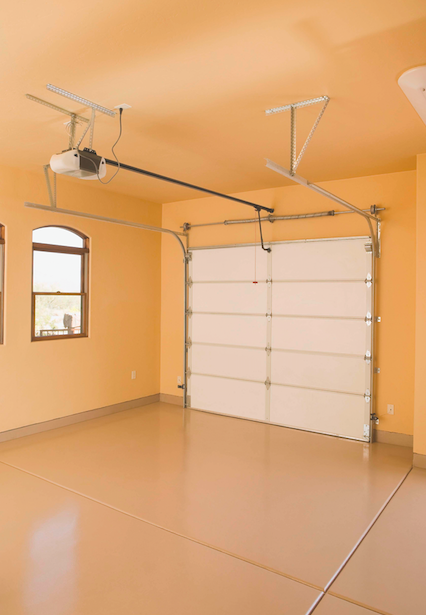People who put a lot of thought into their wardrobes know that one of the challenges presented by the changing seasons is figuring out what to wear and when. For example, as spring transitions into summer, the occasional chilly day is to be expected, removing summertime attire like shorts and sleeveless shirts from consideration.
Such sudden changes can be problematic, as not everyone has the room to store multiple seasons’ worth of clothing in their closets and drawers. Yet, with a little ingenuity, men and women can make their seasonal wardrobe transitions a little easier.
· Layering: Layering is the key to keeping comfortable no matter the weather. Layering enables you to take off layers or put them on as needed. Lightweight sweaters or blazers can be worn over short sleeves or sleeveless ensembles when temperatures have yet to reach their midday highs. Layers also can prove invaluable in office settings where the air conditioning may make working environments especially chilly. Leggings can be worn under skirts or dresses and then removed as temperatures rise.
· Long-sleeved shirts: Keep a few long-sleeved shirts at the ready. Simple sleeve length can mean the difference between comfort and discomfort. Covering shoulders and/or arms with a lightweight top also can protect against the rays of the sun. Choose among your most versatile long-sleeved shirts, meaning basic colors that will blend well with any outfit.
· Bright colors: Bright colors go hand in hand with warm weather. Keep bright-colored items you typically wear during other seasons so they can be paired, if necessary, with summer staples. This may include a thick sweater for cooler nights on the beach or trousers for formal evenings out on the town.
· Maxidresses: When shopping, invest in maxidresses. They’re easy and cool for hot days and nights, but they also can be refashioned if you wear them with long sleeves or knit sweaters. When covering up, use a waist-cinching belt or scarf to add structure to the look.
· Vary shoes: While flip-flops and other sandals may be summer staples, have a few other pairs of more traditional shoes at the ready as well. One can get away with boots with a maxi-dress. Ballet-style slippers are delicate enough for the season and provide extra foot coverage for comfort. If you walk a lot, look for shoes with structure, as summer footwear tends to provide less support than footwear worn during other times of the year.
Transitioning clothing from one season to the next takes a little ingenuity. While it may not require a person to keep all of his or her clothing out of storage, transitioning from one season to the next may require reserving a couple of versatile items that can be worn throughout the year.
TF166182




















